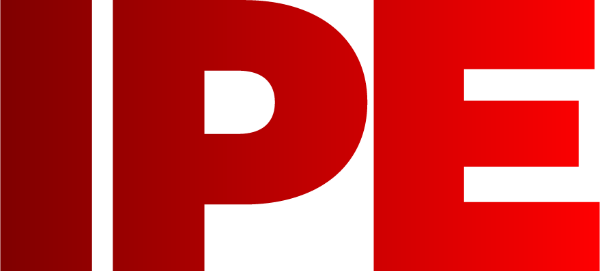

|
Edward Lowton
Editor |


|
| Home> | Premises management/maintenance | >Cleaning equipment | >Polishing-up on efficiency: The value of data-driven cleaning |
| Home> | Premises management/maintenance | >Industry 4.0 | >Polishing-up on efficiency: The value of data-driven cleaning |
Polishing-up on efficiency: The value of data-driven cleaning
06 October 2023
TORK, FROM leading hygiene and health company, Essity, gives its expert advice on how data-driven cleaning leads to a more refined workforce and production line.

Techniques in facility management are ever-changing, with cleaning processes more important now than ever since the onset of the COVID-19 pandemic. In a recent global survey from United Minds (2021), as many as 80% of the respondents said that they "expect public washrooms to provide a safe hygiene environment to a higher extent now than before COVID-19".
How do companies stay ahead of this unpredictable instability and perceived increase in hygiene standards? The answer to maximising cleanliness and hygiene lies with the efficiency at which staff can operate, and with the help of emerging technologies, data-driven cleaning can maximise facility workflow and help business to stay competitive.
Current challenges that affect workers include optimising cleaning and hygiene resources, providing proof of service, high staff turnover and absenteeism, and the expectation from customers of constant management and improvement. The pandemic has added pressures of higher demand for quality hygiene and has resulted in new cleaning procedures that require extra training for cleaners and managers.
Individuals overseeing facilities must balance these new expectations and requirements with maintaining hygiene routines that don’t put pressure on existing staff and retain profitable cleaning procedures. To overcome these challenges, optimising resources must be a priority. The answer to resource allocation comes with placing efficiency at the forefront of cleaning operations.
Using data to place dispensers and cleaning resources is, therefore, incredibly important to maximising workforce efficiency for both the cleaning staff, as well as the ease of other workers where cleanliness and hygiene is not their main priority. Hand sanitisers should be placed at any entrance to new areas and locations in a facility. Locker rooms and washrooms should always have one soap dispenser, paper hand towels, and a pedal bin for every two sinks. When hand washing is not possible, sanitisers can be used in high-touchpoint areas and should be clearly visible and accessible to optimise usage.
Placing dispensers near operational zones within easy reach also encourages regular surface cleaning and reduces employee movement by stopping the need to frequently get up and gather supplies.
New technologies have acted as an enabler to better ways of working. Sensors installed in facilities can collect data about visitor numbers, touchpoints, cleaning needs and refill levels in real-time. Technology that captures real-time data empowers a team to work smarter by knowing exactly when and where there are urgent needs across the facility. Monitoring traffic patterns and consumption levels reduces the need for unnecessary dispenser checks that would normally be set in a rigid scheduled rotation pattern.
Streamlining cleaning plans uses time more effectively and diverts staff to high-traffic touch points, increasing overall cleanliness but also achieving the goal of complying with standards set by governing bodies. Not knowing the status of washrooms can lead to unnecessary cleaning, and on the flip side leads to the necessity for tackling ‘fire-fighting complaints’ and financial penalties when service levels are not achieved and subsequently reported.
Data-driven cleaning puts the power in the hands of the workforce instead of using arbitrary cleaning schedules that don’t respond to actual activity. Data transferred to Tork Vision Cleaning software operates in real-time to not only help planning but also give a wider scope of daily activity across the facility. Placing value in tasks that are necessary provides a sense of significance to the task at hand. Urgency is placed correctly, leading to a more balanced working situation and less stress for staff. Efficient hygiene also reduces the costs for employers and as a result, facilitates a competitive edge.
- Tork® Site Safety Guide shares hygiene and safety recommendations for manufacturers
- Tork® solutions help manufacturers secure the new hygiene standard
- New sanitation solutions from Tork® tackle washroom hygiene concerns in the workplace
- Added features
- Lotus Professional lives on in Tork
- Front-runners in hand hygiene
- Securing new hygiene standards
- Tag system gets fresh
- More paper, less waste
- Wipers & cloths


















